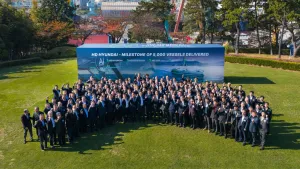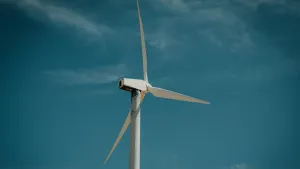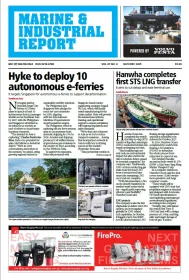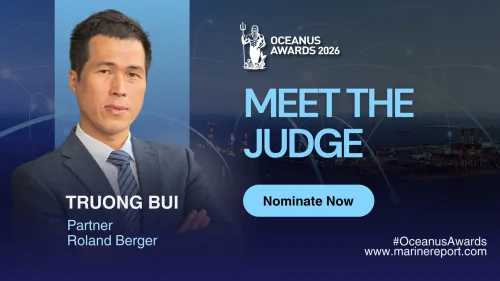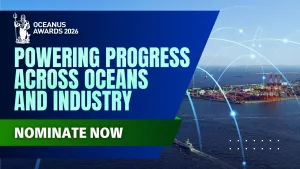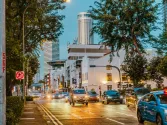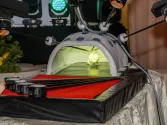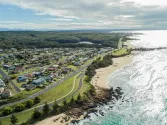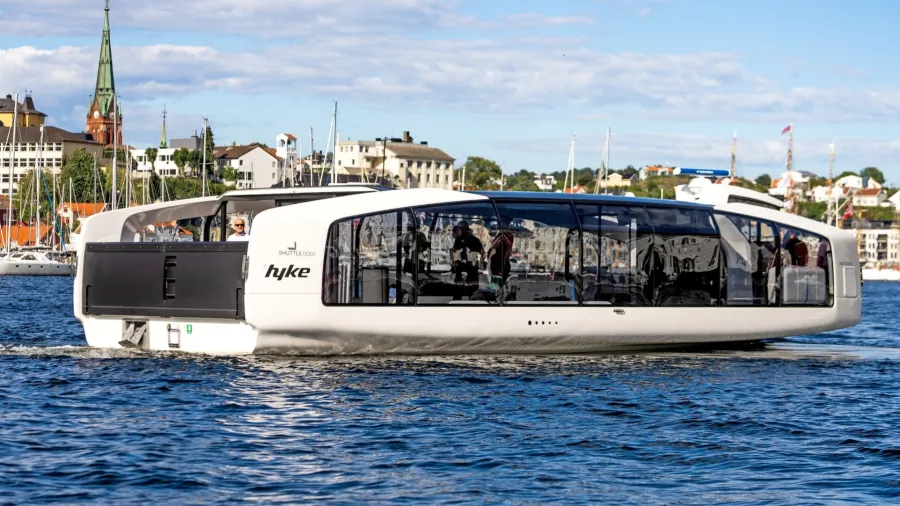
Hyke to launch electric ferries in Philippines, Singapore by 2027
The demand for autonomous shuttles in Asia is exploding.
Norwegian startup Hydrolift Smart City Ferries AS (Hyke) plans to launch at least 10 autonomous electric passenger shuttles across Southeast Asia by 2027, with the Philippines and Singapore identified as its initial focus markets as part of efforts to decarbonise maritime transport.
“The demand in Asia is exploding,” Charles Pembroke-Birss, Hyke vice-president for sales, told Marine and Industrial Report. “We’re in a few conversations down there at the moment,” he added, citing growing regional interest in sustainable mobility solutions.
The two countries have pledged to reach net-zero emissions by 2050, aligning with the International Maritime Organization’s decarbonisation targets.
The Philippines, which is exploring electric ferry systems, aims to cut emissions from domestic shipping by 15% by 2028. Aviation and shipping produced 3.98 million tonnes of greenhouse gas emissions in the country in 2022, according to Our World in Data.
To support its expansion, Hyke has partnered with Singapore-based marine engineering firm Seagull Pte. Ltd., which will handle vessel manufacturing for the Asian market. Hyke will provide the autonomous systems, training, and operational support to ensure compliance with regional regulations and safety standards.
“Having that local partner network in Asia is really key to driving success in the market,” Birss said.
Hyke’s electric ferry, known as the Hyke Shuttle, can carry as many as 50 passengers and operate without a captain using its autonomous navigation system, which the company said can cut operational costs by about 50%.
The ferry cruises at up to 7 knots or about 13 kilometres per hour, operates for 12 hours on a single charge, and consumes 85% less energy than conventional diesel-powered vessels.
Built from lightweight composite materials, the vessel weighs about half as much as a traditional ferry. It also features solar panels with a peak capacity of seven kilowatts, letting the vessel run on solar power alone, reducing reliance on shore charging.
It could potentially feed excess electricity back to the grid if needed, Birss said.
Discussions for pilot operations in the Philippines are ongoing and expected to move forward by the end of 2025, Birss said.
“We'll sit down, do production planning with them now, and we'll start in Singapore and the Philippines,” he added.

